The Design for All Foundation Awards recognise projects which use Design for All as a tool to improve quality of life and, in so doing, draw international attention to organisations undertaking exemplary work in this field. This year there were almost 60 entries from 17 different countries, and the quality of the entries made the competition more difficult than ever before.
Museum and cultural exhibitions were represented strongly, with three cultural exhibitions reaching the finals. Demonstrating a range of approaches to creating exhibitions which more people can enjoy, they also provide an indication of the exciting variety of work being undertaken in this field.
First, we were treated to a glimpse of ancient Greece with From being accessible to becoming inclusive: The metamorphosis of a travelling exhibition, a project by Athens-based access professional Anastasia Kalou. The project involved the adaptation of an international travelling exhibition, “Myrtis: face to face with the past”, which presents the interdisciplinary journey leading to the reconstruction of the face of Myrtis, an 11-year-old Athenian girl of the fifth century B.C. Myrtis’ skull was found in a mass grave in Kerameikos, the ancient cemetery of Athens, and revealed the sudden cause of death of thousands of citizens, including the death of Pericles, the creator of the Athenian “Golden Age”.
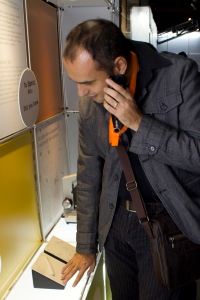
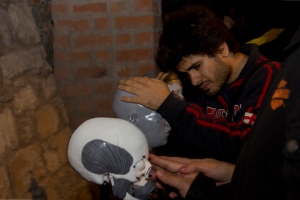
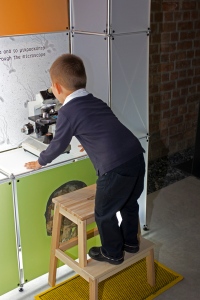
The adaptation methodology was based upon Design for All principles to ensure all aspects of human diversity were respected, resulting in a multisensory exhibition which could be enjoyed by many different visitors. From the outset a focus group was involved to help ensure a holistic, human-centred design process.

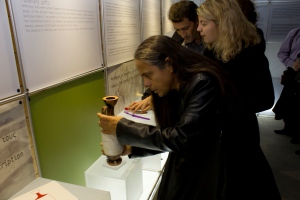
Feedback so far suggests that providing different options for visitors to access information has led to an increase in visitor numbers as well as the demand for the exhibition to travel elsewhere, thus ensuring its sustainability while keeping within a tight budget. The exhibition is now more appealing to younger visitors, for whom touch is extremely important, as well as to older visitors with deteriorating hearing and vision. The exhibition encouraged local disability and community groups to cooperate, while museums which host the exhibition organise staff access training courses, and implement outreach programs even after the exhibition has ended.
The next finalist, Multi-sensory Exhibition Adaptations, was a joint project to adapt “In Arbeit”, an exhibition focusing on working life, for the Technological Museum in Vienna using a set of tactile materials, a navigation system and an audio guide. Exhibition adaptation specialists ArteConTacto teamed up with research institute VRVis, which was developing a computer-assisted process to develop images into tactile media.
A handmade architectural model of the exhibition space was created and mounted at the exhibition entrance at a height accessible to wheelchair users and children.

1:1 replicas of a selection of objects were also created, along with a 1:50 3D printout of one of the main exhibits, a giant melting pot.

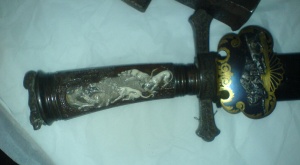
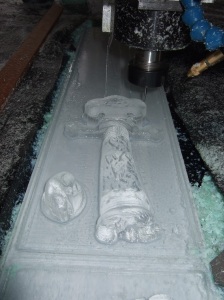
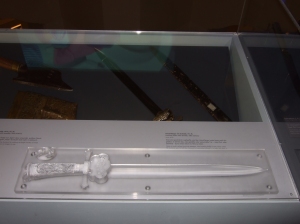
A portable folder containing a tactile floor plan of the museum, as well as tactile diagrams of paintings and the logos of different sections of the exhibition, was also provided, while a tactile floor navigation system was used to connect selected objects.
All materials and navigation routes were described by the audio guide, developed in DAISY, a special format for audible books. The complete audio book can also be downloaded from the museum website, together with an audio description of how to get to the museum. Guided tours, individualised for the requirements of any visitors, are also provided by the museum to complement the other adaptations.
A working group was established with the aim of developing guidelines and technological tools for converting artworks into multisensory media. A video of the process can be found on the ArteConTacto website, while further photos can be seen in the “In Arbeit” blog post below.
Our last exhibition-focused finalist, EO Guidage, transported us to the land of the Lumières for their project to make the Cinémathèque Française accessible. Founded in 1936, the Cinémathèque Française is arguably the most famous film library and museum in the world. In 2005 it moved to a new building designed by Frank Gehri.
Following an access audit and user-needs analysis in 2008, EO Guidage began the installation of equipment to facilitate safe and independent use by all visitors. Folding chairs and wheelchairs are now available for mobility-impaired people, and there is step-free access to all floors.
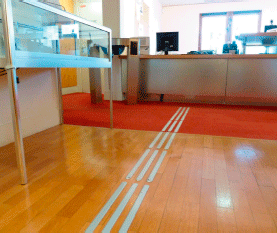
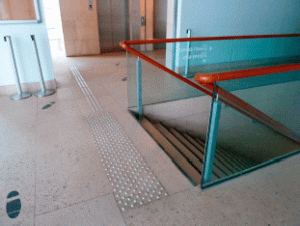
Good visual contrast and Braille characters are used on signage, and audio signage can also be activated by remote control, while multimedia and tactile maps and guides also aid navigation and understanding.

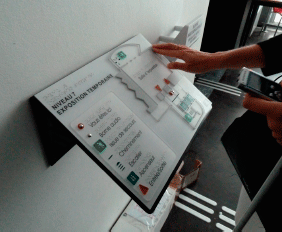
Isolated areas are equipped with flashing lights to help in the event of emergency evacuation. Audio guides with large contrasted keys are available, induction loops have been fitted, audio described screenings are regularly organised and visits translated into French sign language have been organised. Finally, all museum guides have also been trained to welcome people with learning disabilities.
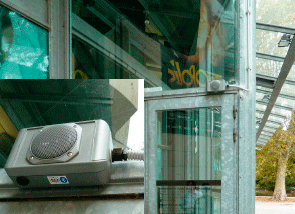


 TrendsWatch is a new annual report that helps museums paint a picture of the future, and find practical applications for the information presented in CFM’s e-newsletter,
TrendsWatch is a new annual report that helps museums paint a picture of the future, and find practical applications for the information presented in CFM’s e-newsletter, 




















